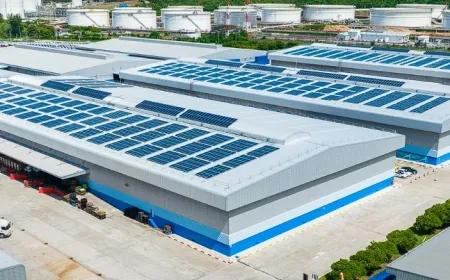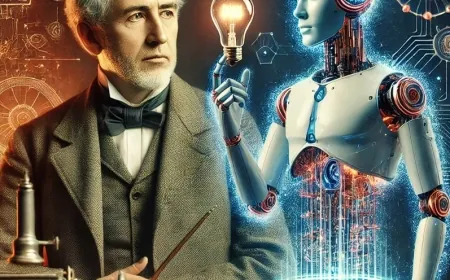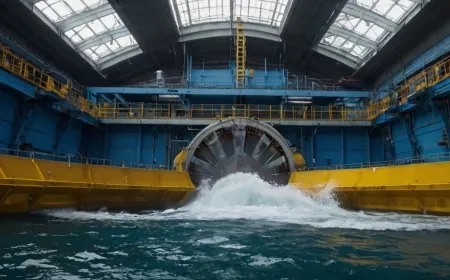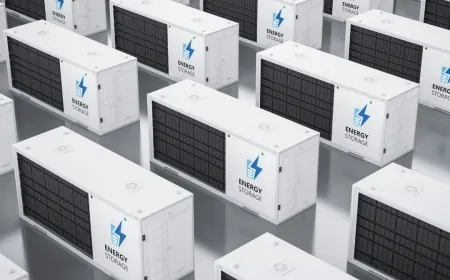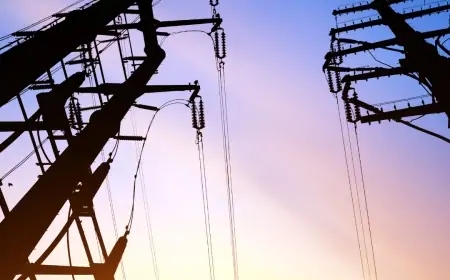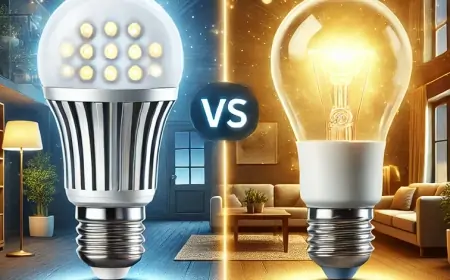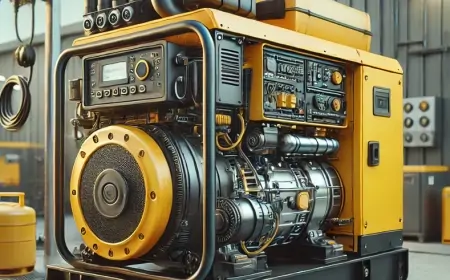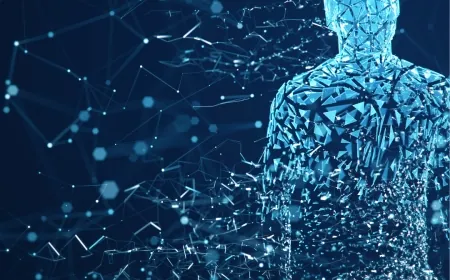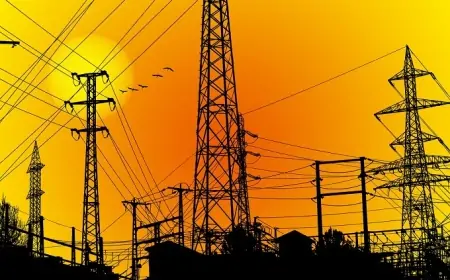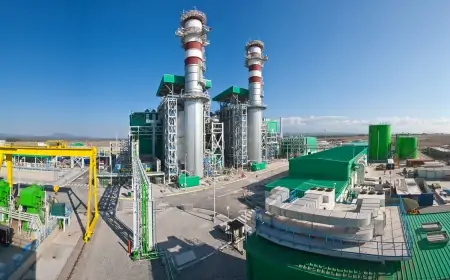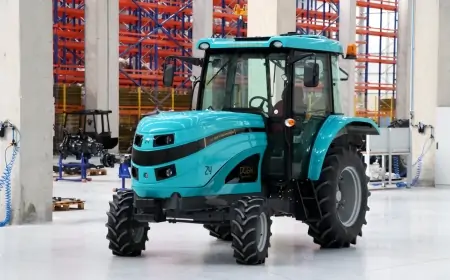What is Fiber Optic Cable and Its Applications?
Fiber optic cables are the backbone of modern communication networks, providing high-speed data transmission, reliability, and large bandwidth. In recent years, especially with the growth of internet access and communication technologies, fiber optic cables have expanded their applications and have become an essential component compared to traditional copper cables. Fiber optic technology has transformed global data transmission infrastructure, offering faster, more secure, and efficient connections, meeting the needs of both individual users and corporate enterprises.
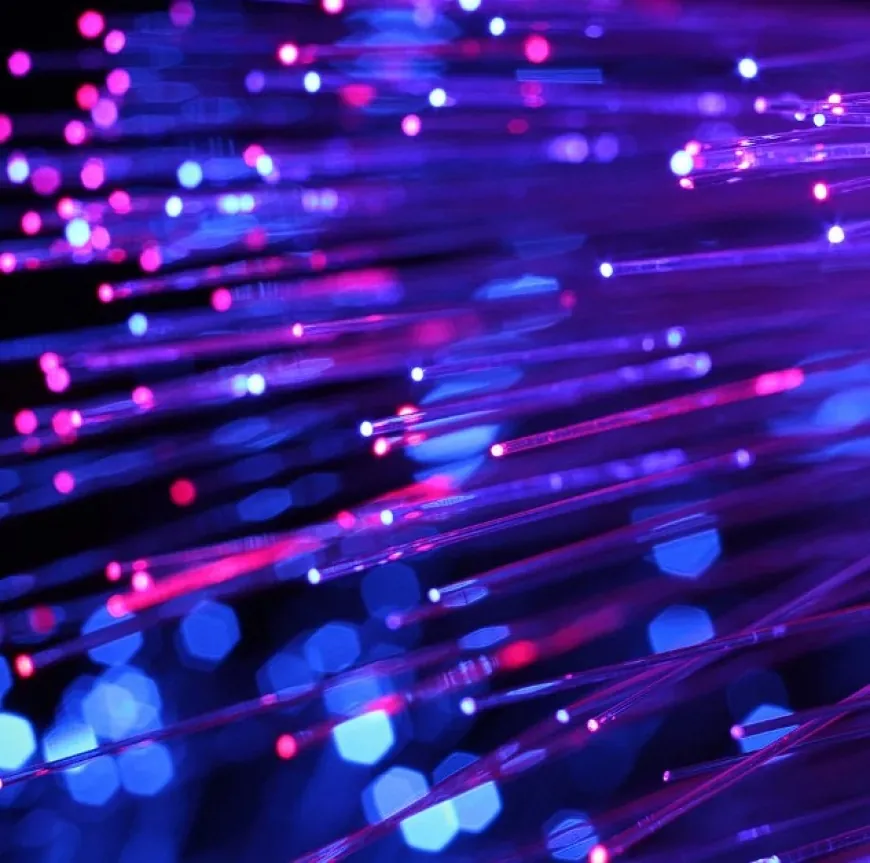
What is Fiber Optic Cable?
Fiber optic cable is a type of cable that uses light waves to transmit data. These cables utilize glass or plastic fibers to transmit light, which enables very high-speed data transfer. The main components of fiber optic cables are as follows:
Core: The innermost part of the fiber optic cable, where the light travels. It is typically made of glass or plastic, allowing light to pass through quickly.
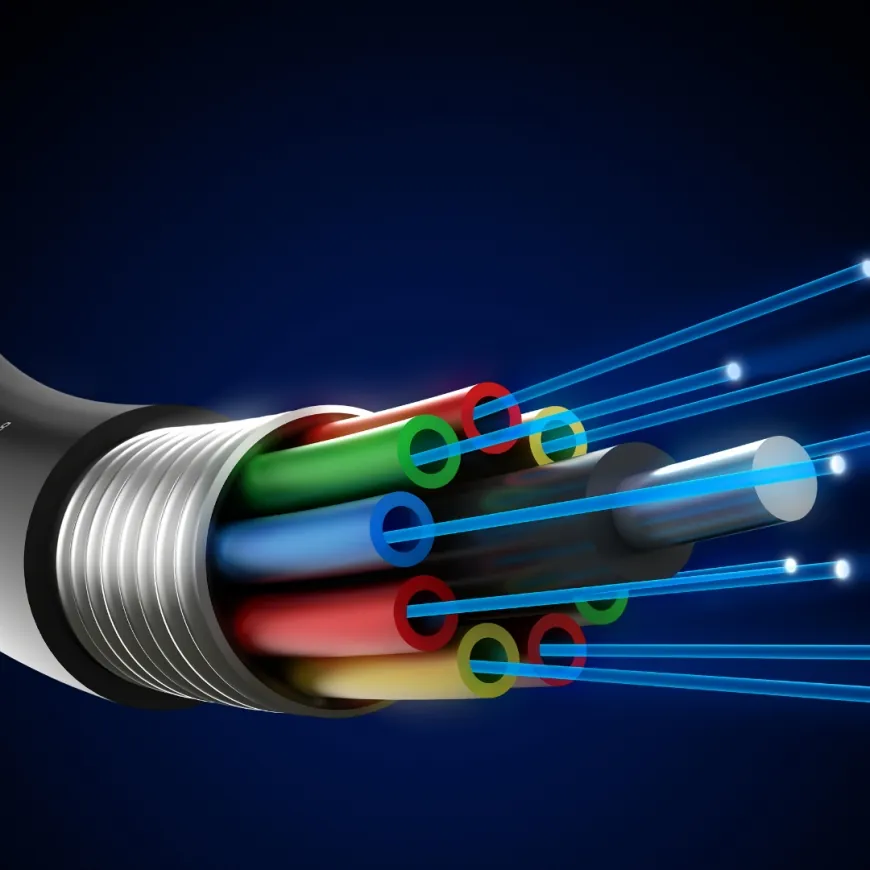
Cladding: A layer surrounding the core that reflects the light back into the core, ensuring proper light transmission and minimizing loss.
Jacket: The outer protective layer that shields the cable from external elements such as moisture, physical damage, and environmental conditions.
Types of Fiber Optic Cables
Fiber optic cables come in two main types:
Single-Mode Fiber: Single-mode fiber allows light to travel through only one path. This enables long-distance transmission with minimal loss of signal and is often used for high-speed, long-distance connections such as those provided by internet service providers and international communication networks.
Multi-Mode Fiber: Multi-mode fiber allows light to travel through multiple paths within the core. It is generally used for shorter distances and is widely used in data centers and enterprise networks. Although multi-mode fiber supports high-speed data transmission, it experiences more signal loss over longer distances.
Applications of Fiber Optic Cables
Fiber optic cables play a critical role in a wide variety of industries. These cables are indispensable in applications ranging from internet connectivity to security systems. Below, we detail some of the key applications of fiber optic cables:
1. Internet Connectivity and Data Transmission
Fiber optic cables are essential for providing high-speed and reliable internet access. Fiber internet offers much higher bandwidth and lower latency than traditional copper connections. Fiber connections are necessary for everything from household internet access to high-speed data sharing within businesses and the smooth functioning of cloud-based applications. Fiber internet is ideal for services like 4K video streaming, large data transfers, and virtual meetings, which require substantial bandwidth.
2. Telephone Services (VoIP)
While traditional phone lines use copper cables for data transmission, fiber optic cables transmit data using light waves. Voice over Internet Protocol (VoIP) services can provide better sound quality and lower latency when powered by fiber optic technology. Fiber optics offer more reliable phone services, particularly for businesses or residential users relying on internet-based calling systems.
3. Data Centers
Data centers store and process large amounts of data for both businesses and consumers. Fiber optic cables facilitate the fast transmission of data between servers within these data centers. The high-speed data transfer capabilities of fiber optics make it possible for data centers to handle massive amounts of data with minimal delay. Fiber optics also reduce energy consumption and allow for uninterrupted communication over long distances.
4. Cable TV and Video Broadcasting
Fiber optic cables are extensively used in television and video broadcasting. High-quality video streaming, particularly for 4K and 8K broadcasts, requires fiber optic infrastructure. Fiber optics allow video signals to be transmitted rapidly and in high quality. For TV service providers, fiber optic cables ensure faster and uninterrupted TV broadcasts, offering consumers a better viewing experience.
5. Security Systems
Fiber optic cables are ideal for transmitting data from security cameras. They can carry high-resolution video streams over long distances without signal degradation. Fiber optic connections allow for fast transmission of security data, ensuring that footage is reliably transmitted from remote locations. Additionally, fiber optics are immune to electromagnetic interference, making them more secure and less vulnerable to tampering.
6. Healthcare and Medical Sector
Fiber optic cables are used in medical imaging, diagnostic equipment, and in healthcare facility communication networks. In hospitals, fiber optics allow for fast and secure transmission of patient data between medical devices, reducing the risk of data loss or delay. Fiber technology is also employed in high-resolution medical imaging systems, ensuring that images are transmitted quickly and accurately.
7. Military and Defense Applications
In military and defense sectors, fiber optic cables are crucial for secure communication and data transmission. Due to the high-security demands and the need for reliable communication systems, fiber optics play an important role in military operations. Fiber optic cables can transmit data over long distances with minimal signal loss, and their high resistance to eavesdropping makes them ideal for secure communication networks.
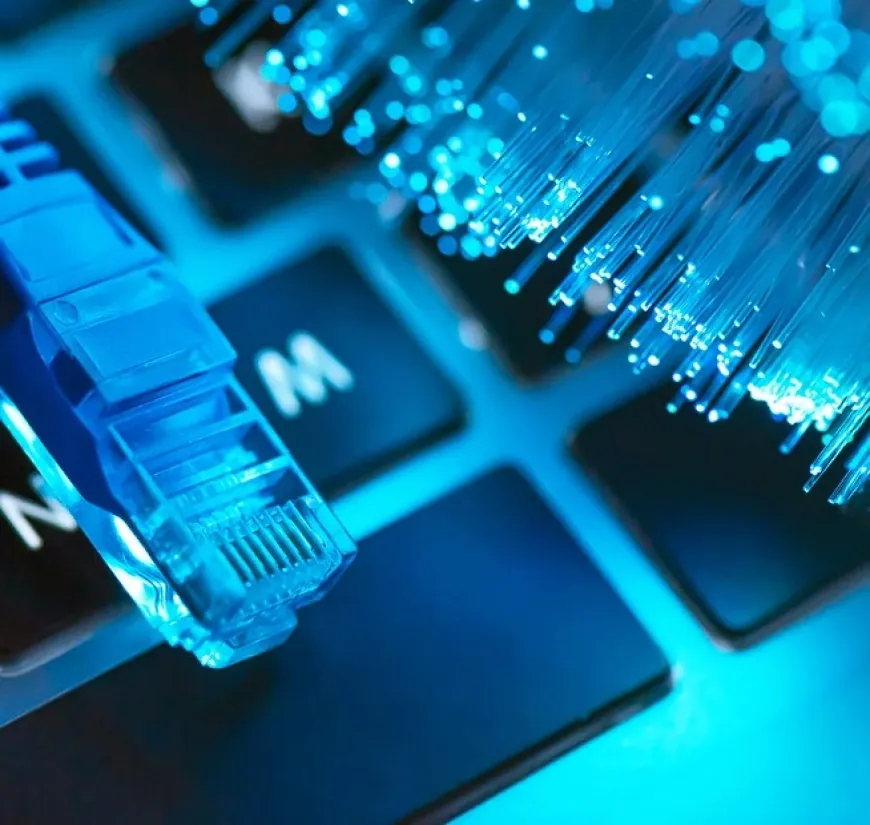
8. Smart City Infrastructure
Fiber optic cables are integral to the development of smart cities. Traffic management, energy monitoring, public safety, and many other systems depend on fiber optic networks. The ability to transmit data quickly and reliably through fiber optics enables these systems to function efficiently, improving the quality of life for urban populations.
Advantages of Fiber Optic Cables
Fiber optic cables offer several key advantages over traditional copper cables, including:
High Speed and Bandwidth: Fiber optic cables can transmit large amounts of data at extremely high speeds, making them ideal for high-demand applications like internet access, video streaming, and cloud services.
Low Signal Loss and High Reliability: Fiber optic cables experience minimal signal loss over long distances, which ensures high-quality data transmission even across extended networks.
Resistance to Electromagnetic Interference: Unlike copper cables, fiber optic cables are immune to electromagnetic interference, which helps ensure the security and integrity of transmitted data.
Durability and Longevity: Fiber optic cables are more durable and resistant to environmental factors like water, temperature fluctuations, and physical damage. Their lifespan is significantly longer than that of copper cables.
Fiber optic cables play a crucial role in the digital world, providing the infrastructure needed for fast, secure, and reliable data transmission. From internet connectivity to video broadcasting, data centers, security systems, and healthcare applications, fiber optics are essential in nearly every industry. With the continued growth of digital services, the demand for fiber optic cables is expected to rise, offering even more advanced and high-performance applications in the future.
What's Your Reaction?








